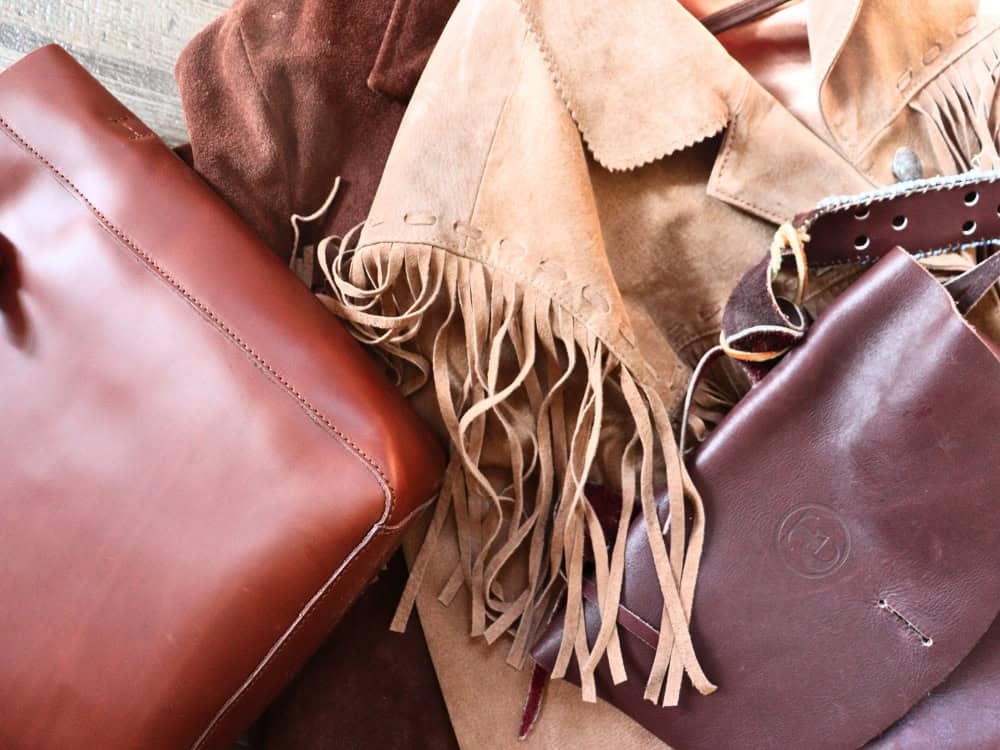
Is Sustainable & Ethical Leather An Oxymoo-ron?
Holy cow, is there a lot to unpack when it comes to ethical leather!
Unlike ethical wool, sourcing leather still requires a dead animal (whether the animal was killed specifically for the sake of leather or not) which is tanned using a lot of toxic chemicals. So is there even such a thing as ethical and sustainable leather production?
Generally speaking, our opinion is that vegan leather alternatives are a better option, but they often come with their own sustainability problems.
We can’t (cow)hide from the fact that leather is a big part of fashion—and it likely isn’t going anywhere—so it’s time to say, “Moo-ve over, traditional leather”, and look at ways we can make leather better.
Our Considerations For Leather Sustainability & Ethics
1. What Is Leather?
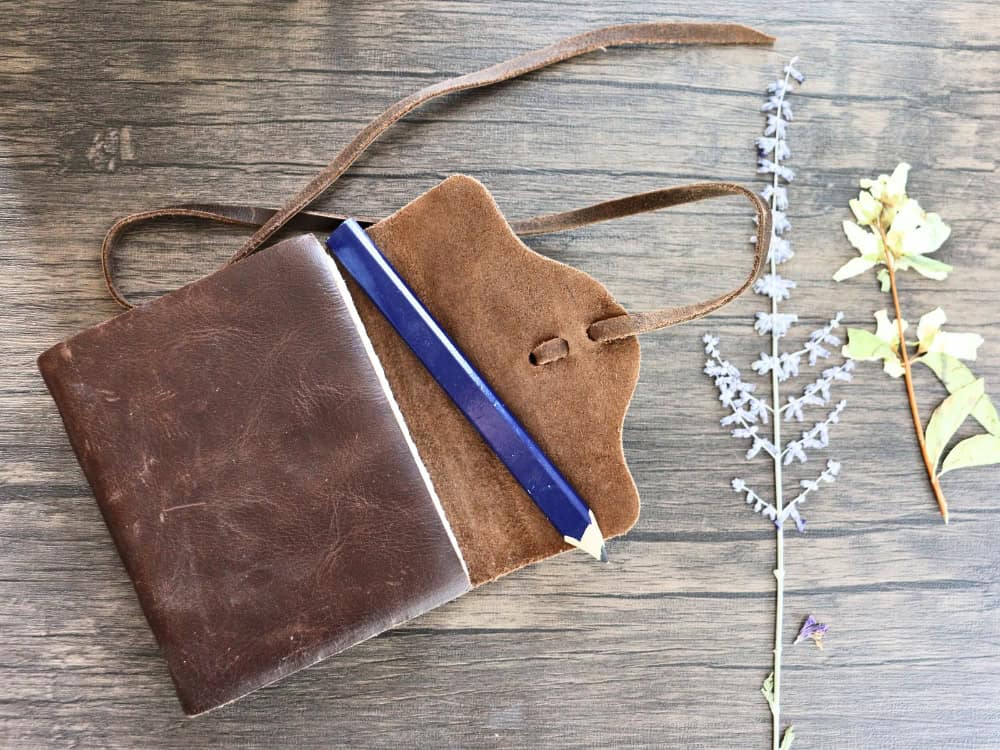
Leather is a durable, flexible fabric commonly found in shoes, handbags, and belts—that just so happens to be made from the hides of animals.
Cowhide is one of the most common types of leather. However, nearly any animal can be used (snakes, lambs, sheep, kangaroos, zebras, bison, alligators, lizards, ostriches, goats, pigs, fish leather anyone?).
For more than 7,000 years, leather has been used for a variety of items. It’s a valued material because it’s extremely tough, long-lasting, wrinkle-resistant, and able to take on different looks based on what it’s made with and how it’s processed.
For these reasons, you’ll find leather in a range of products, from furniture and bound books to clothes and shoes.
2. Leather Production & Tanning
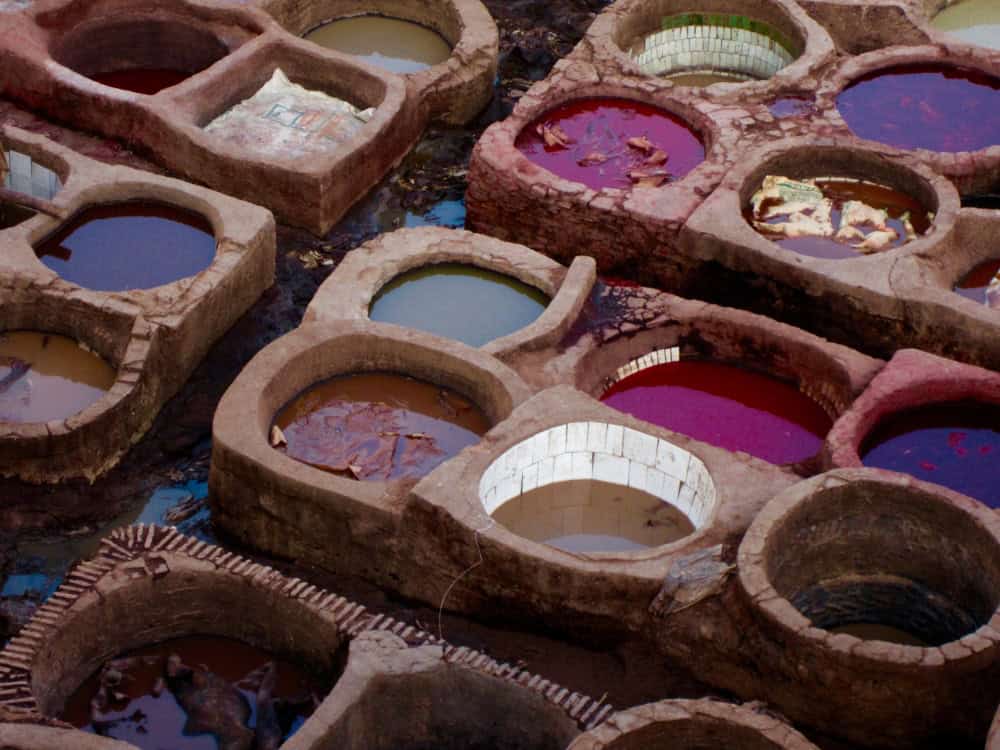
To make leather, rawhide (animal skin) is obtained, meaning an animal must be killed, one way or another. Its skin is stripped and immediately salted and sorted based on color and size.
Then it undergoes a necessary tanning process to prevent rotting and putrefication. The tanning process stabilizes the protein of the skin and changes it appearance. It generally looks like this:
- Preparation: The leather must be prepared for tanning and any dirt or hair removed. Then the hide undergoes bating (softening using enzymes to make it more flexible) and pickling (soaking in a solution to remove excess flesh and fat).
- Tanning: Tanning makes the leather more supple using vegetable oils, tannins, or (more commonly) chrome salts.
- Crusting: Thinning, re-tanning, and lubricating the hide or skin to prepare it for further processing. This also includes a process called deliming, which reduces the pH level of the skin to make it more receptive to tanning agents. This step can take several weeks.
- Finishing: Afterward, it’s able to be sanded, dyed, oiled, waxed, or otherwise processed to suit the needs of whatever it’s being used for.
Chrome-Tanned Vs. Vegetable-Tanned Leather
Around 400 B.C., Ancient Egyptians and Sumerians developed a few methods for leather tanning, including vegetable tanning, which was later utilized by Ancient Romans and Grecians, and for hundreds of years, this was how the world processed leather.
This method uses vegetable matter (leaves, tree bark, berries, etc.) to give the leather a light brown color and stabilize the material.
At the end of the 19th century, however, a faster chemical tanning process that can take place in as little as a day took over. Chrome tanning makes use of chromium salts (and other chemicals). Naturally (literally), vegetable tanned leather is regarded as a more sustainable leather tanning method, but it takes longer and yields a leather more prone to discoloration, so chrome tanning remains the modern world’s go-to.
3. Is Leather Ethical & Sustainable?
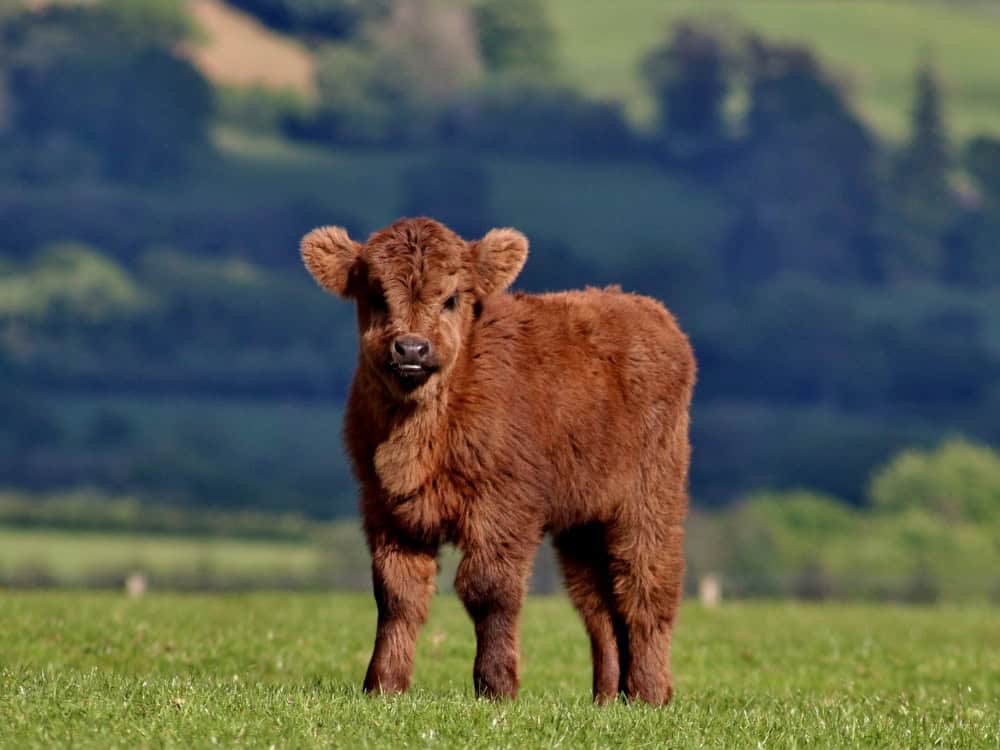
There’s one big elephant (or cow) in the room: it’s the skin of a dead animal.
Every year, more than one billion animals are killed for leather products. Oftentimes, these are factory-farmed animals, which have already been exposed to horrendous conditions like overcrowding, deprivation, cruel treatment, and confinement.
Other “exotic” types of leather might come with even worse histories—like stories of crocodile farms or single-family homes being packed to the brim with alligators, packed so tightly they “fill every inch of [each] room”.
And yes, the source of leather matters. But while leather can be sourced exclusively as a by-product of the meat industry, there’s a significant economic incentive for raising and killing animals for their skin—making it more of a coproduct of the meat industry.
With leather consumption on the rise (and meat consumption on the decline), one might wonder if it will eventually take over as the main reason to raise and kill animals given the overconsumption demanded by the disposable-minded fast fashion industry.
For that reason, we argue that the only true ethical leather sourcing is recycled or deadstock leather (i.e. leather products made from leather that already exists and might otherwise go to waste).
Is Leather Sustainable?
When compared to vegan leather—even petroleum-derived polyurethane (PU) leather—cow-derived leather is considered to have an environmental impact nearly three times as high.
Tanning a single ton of rawhide requires around 50 cubic meters of water—or 13,208 gallons. Often, these will contain a range of effluent, toxic adhesives, cleaning solvents, and tanning chemicals (like lead and arsenic) that leach into nearby soils and waterways. Of all the highly toxic raw materials used, just 20% eventually become leather.
Roughly 90% of leather is produced using chromium tanning, which produces carcinogenic chromium that is so toxic, many tanneries have closed in Europe and the US.
So now, most leather manufacturing occurs in Asian countries without much envirornmental regulation or worker protection. China is the world’s largest producer of leather, accounting for 25% of global production thanks to the effforts of 4-7 million leather workers.
There, benzene poisoning has been associated with several deaths in the industry. It can also cause headaches, throat and eye irritation, dizziness, and nausea, and is just one of the many volatile organic compounds (VOCs) to commonly plague leather processing facilities.
In India, the world’s second-largest producer of leather, with employs 2.5 million leather workers, there have been reports of people getting trapped in machines, suffocating from toxic fumes, or even drowning in toxic tannery sludge (along with less gruesome but equally horrific cases of forced and child labor).
Tannery workers worldwide have been considered to have an increased risk of several types of cancer (including blood, bladder, respiratory, colon, lung, nasal, and rectum cancers). Exposed to what’s known as “leather dust,” leather industry worker can inhale more than 40 different chemicals, including dyes, acids, and heavy metals, which have been linked to not just cancer, but organ and nervous system damage.
All these toxic chemicals also mean that leather, while technically a natural material, is often not safely biodegradable at the end of its life.
To say the produciton of leather is toxic is a cow-sized understatement.
4. What Is Sustainable Leather?
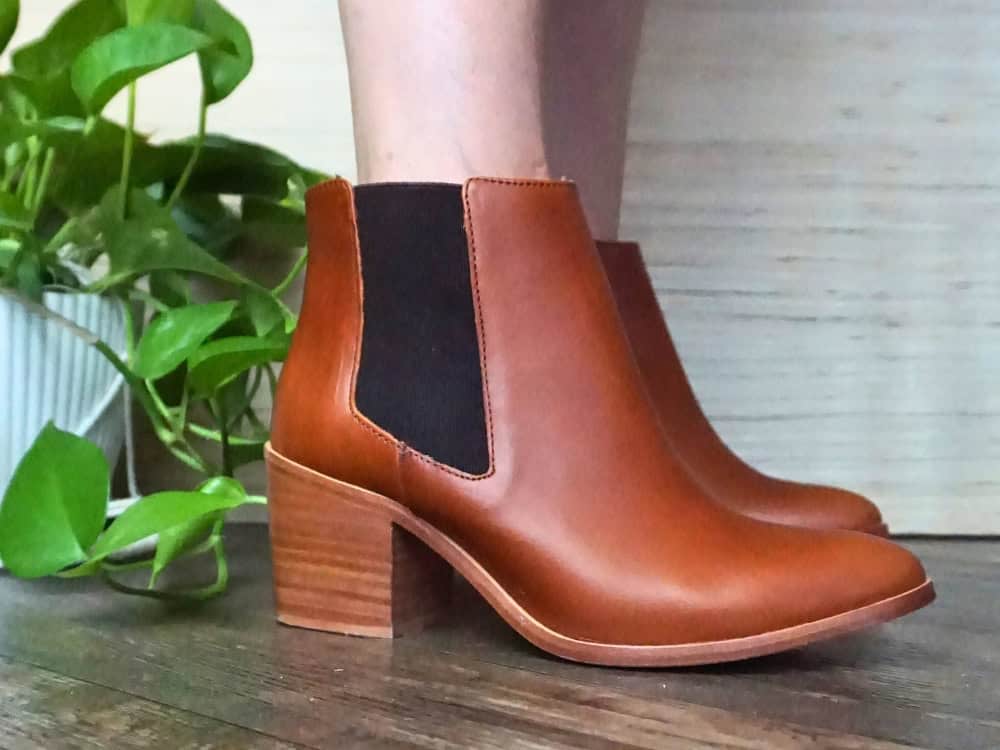
Should we ask leather to moo-ve over altogether?
Well, it’s difficult to condemn an entire industry without considering the broader impacts. Regardless of the labor abuses common to it, there are still millions of people who depend on the leather industry for their livelihoods. And since the meat industry isn’t going anywhere soon, leather remains the largest byproduct in the world and one could easily argue leather is better than landfill.
Fortunately, recent years have seen a push for more eco-friendly leather, including the revitalization of vegetable tanning, which provides safer working conditions, less dangerous waste, and a leather product that is still biodegradable.
Here are some other ways we can improve leather sustainability:
LWG-Certified Leather
The only sustainable leather production certification in existence, the Leather Working Group (LWG) is a multi-stakeholder initiative assesses environmental compliance of tanners and promotes sustainable practices in the leather industry.
There are a few tiers of ratings—Gold, Silver, Bronze. Where a tannery ranks on this scale depends on its final score from an audit that covers 17 separate sections, spanning the entire leather tanning process, including chemical and water management, emissions, waste, and energy use.
Certification also includes a social responsibility requirement of being certified by at least one other third-party agency from an approved list of bodies such as SA8000, BSCI, and Sedex.
However, it is important to note that the audit does not assess animal welfare, which the LWG recognizes as a “challenging topic [because] it exists prior to the leather-making process and is therefore not included in the LWG Audit Standards“.
However, they are involved in various animal welfare initiatives and, in 2016, started a self-funded subgroup that seeks to educate members on leather supply chain management to encourage them to choose more responsible sources of leather.
Recycled & Deadstock Leather
The most ethical and sustainable leather is recycled leather, which is made with scraps from tanneries and leather manufacturers.
While some recycled leather (such as bonded leather) can be made with significant amounts of polyurethane (AKA plastic), options like RecycLeather are free of VOCs, use 50% less water than conventional leather, and are made with 100% rRCS-certified pre-consumer recycled leather.
Deadstock leather is simply a form of recycled leather that refers to leftover scraps from manufacturers or textile mills. The leather might be damaged, have slight imperfections, or was just over-ordered. These can be sold to fashion labels for a discounted price and keeps this precious material out of landfills.
However, there is some concern with deadstock leather. Namely, that it indirectly reinforces animal agriculture and leather goods. Additionally, it’s been reported that some clothing mills intentionally produce deadstock because it “opens up a market” to sell to sustainable clothing brands.
5. Sustainable Leather & Leather Alternative Brands
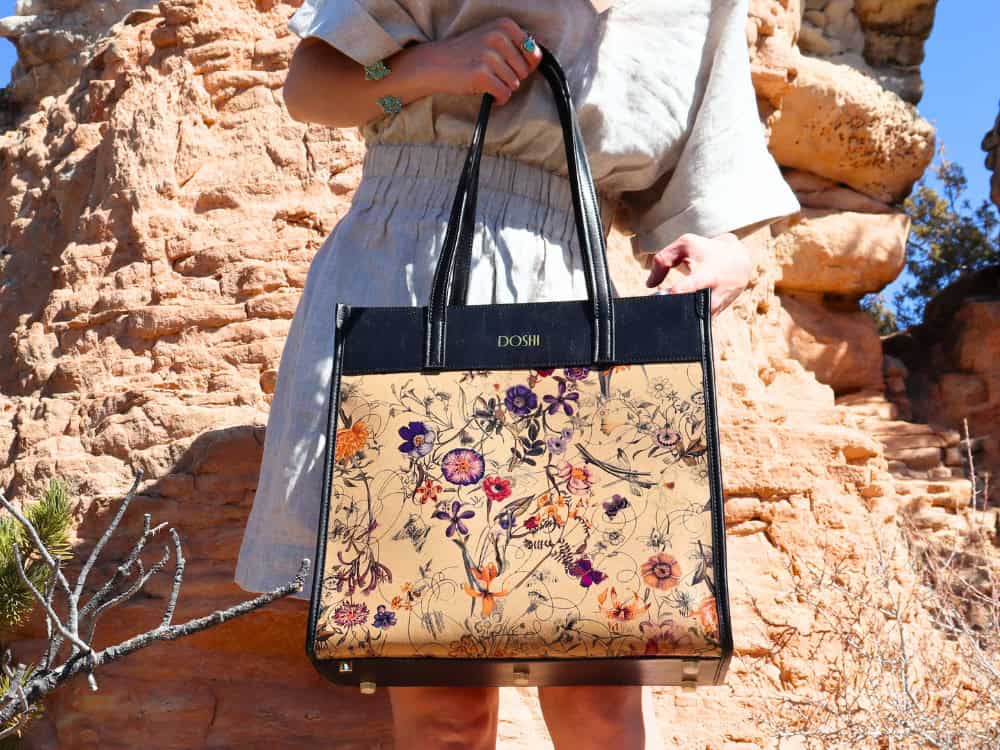
Maybe “ethical leather” isn’t the right term. Let’s call it ‘slightly more ethical leather’, because it’s better than the alternative but still has a long way to go.
However, we appreciate sustainable leather brands that are working to bring us things like sustainable handbags and ethical shoes. Some of our favorites include:
- Nisolo uses LWG-certified byproduct leather in their collection of shoes, handbags, and belts.
- Darzah is a social enterprise that tanns 80% of their byproduct leather using vegetable-based tanning agents, and the other 20% with 3rd-level non-poisonous Chrome or Zarnikh that are separated from groundwater and properly disposed of.
- Certified B Corp and Green Tanning Initiative member Parkey Clay crafts full-grain leather bags, sourced as a byproduct of the Ethiopian food industry and tanned using organic vegetable dyes and recycled water.
That said, vegan shoe brands and vegan handbags are still the way to go for the most peace of mind, though it’s worth keeping in mind that some forms of vegan leather are made of different types of plastic, and when it comes to PVC vegan leather, this is just as toxic and environmentally devastasting as chrome-based tanning.
Instead, we encourage you to look for more innovative plant-based vegan leathers (like cork leather, kraft paper, and apple leather) from brands like Doshi, Bhava, and Carry Courage.
Did you know we Have a Newsletter?
We cover the latest in sustainable living, fashion, zero waste, beauty, travel, finance and more…
Pin these:





